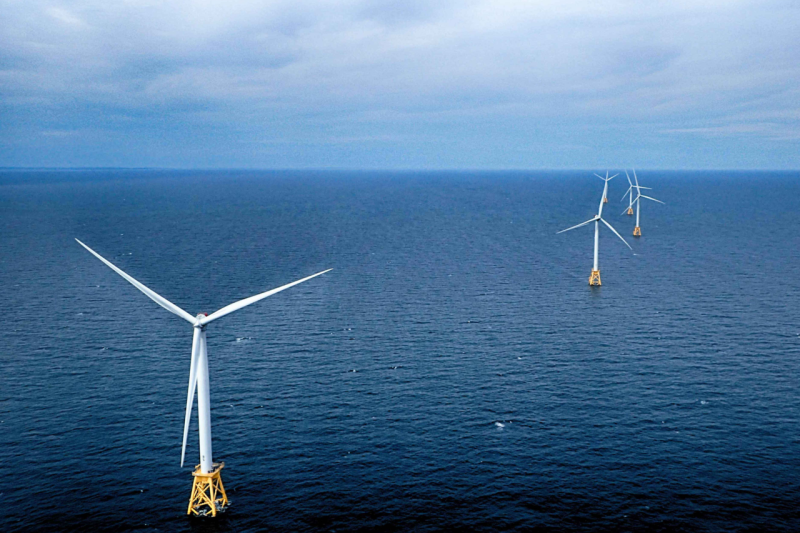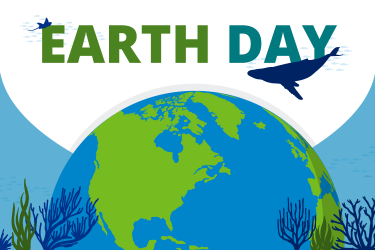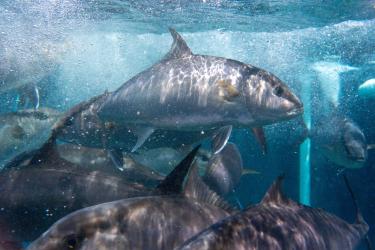The Bureau of Ocean Energy Management (BOEM) and NOAA Fisheries announced their commitment to implement NOAA Fisheries’ Federal Survey Mitigation Program. The program supports the Biden-Harris Administration’s commitment to addressing the nation’s climate crisis and deploying 30 gigawatts of offshore wind by 2030. The agencies will work with regional partners and stakeholders and complete an implementation strategy within 12 months. The plan will describe commitments from offshore wind developers and the federal government, and develop a timeline for initial actions.
NOAA Fisheries’ scientific surveys are essential for setting quotas for commercial and recreational fishermen, as well as monitoring and assessment for recovery and conservation programs for protected species and essential fish habitat. BOEM and NOAA share a goal of a successful offshore wind industry co-existing with thriving fisheries, wildlife, and marine ecosystems.
“A government-wide approach to offshore wind development is necessary to further ensure that decisions are driven by science, and evidence-based recommendations.” said BOEM Director Amanda Lefton. “This partnership with NOAA strengthens our offshore energy programs and creates greater certainty for the industry, other governments and our stakeholders.”
“NOAA Fisheries is committed to fulfilling our statutory mandates to maintain sustainable fisheries, to conserve and recover wildlife, and to protect habitats, all using an ecosystem-based approach. We welcome opportunities for partnerships to effectively mitigate the impacts of offshore wind energy development on our scientific surveys” said Acting Assistant Administrator for NOAA Fisheries Paul Doremus.
Meeting the administration’s goal to deploy 30 gigawatts of offshore wind in the United States by 2030 would create nearly 80,000 jobs. To date, BOEM has leased approximately 1.7 million acres in the northeast and Mid-Atlantic U.S. Outer Continental Shelf for offshore wind development. It has 17 active leases in the Atlantic from Cape Cod to Cape Hatteras, with additional leasing planned for the U.S. Atlantic, Gulf of Mexico, and U.S. Pacific coasts. In the United States, commercial and recreational fisheries support 1.74 million jobs, $244 billion in sales, and $111 billion in value-added economic output.
The program will address impacts from offshore wind development on NOAA Fisheries’ surveys arising from:
-
Exclusion of NOAA Fisheries’ sampling platforms from the wind development area due to operational and safety limitations
-
Impacts on the random-stratified statistical design that is the basis for scientific assessments, advice, and analyses
-
Alteration of benthic and pelagic habitats, and airspace in and around the wind energy development
The program will evaluate existing survey designs, identify and develop new survey approaches. It will calibrate these new approaches to existing surveys, develop interim survey indices, and conduct monitoring efforts. This will fill regional scientific survey data needs over the life of offshore wind operations. Information and outcomes from these efforts will be shared with the public, industry, academia, and state and federal partners to ensure an open and transparent process.
The goal of the program is to ensure the continuity of the important marine scientific investments in long-term data collection and to maintain scientific support for sustainable fisheries. It will build on ongoing activities including:
BOEM’s renewable energy program
NOAA Fisheries’ offshore wind, fisheries, protected species, and habitat activities





